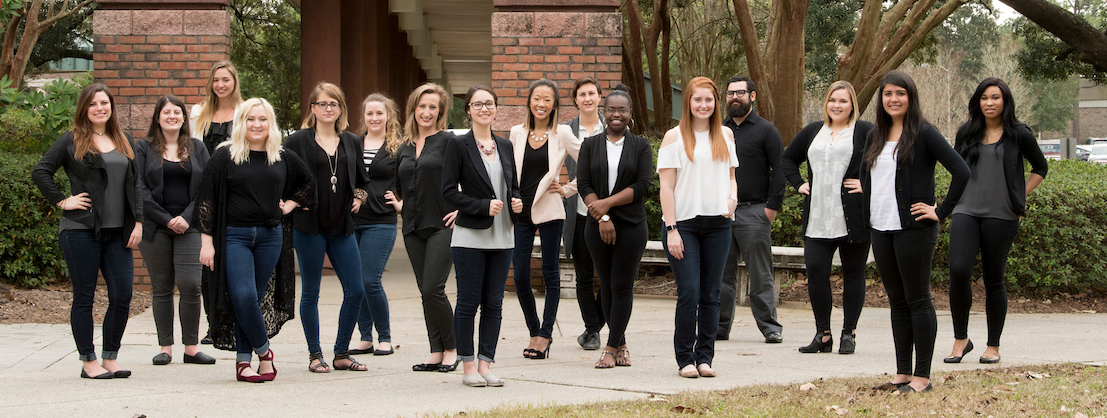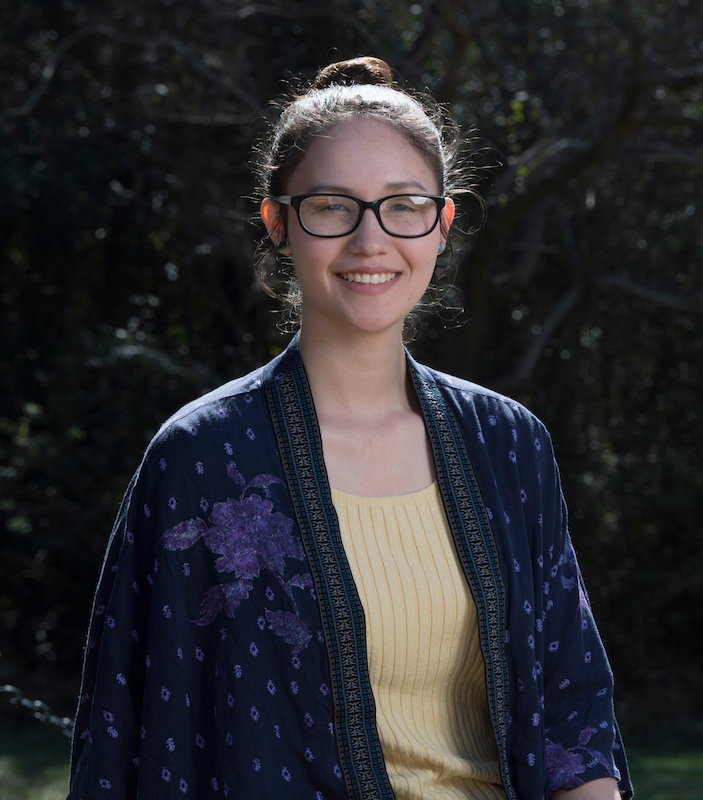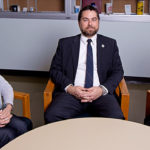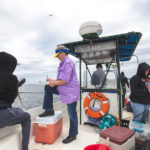Changes Underway for UWF Advertising Team
Pensacola – The University of West Florida advertising team, which won a string of national competitions in the ’90s and early 2000s, is reinventing itself under the guidance of Sabrina McLaughlin, visiting lecturer in the Department of Communications at UWF.

McLaughlin has overseen the National Student Advertising Competition team at UWF since Spring 2015. She has been working hard to build a strong team to compete in the advertising contest.
The American Advertising Federation is in charge of the NSAC. Every year, a corporate sponsor provides a case study for the competition. Each team creates an advertising campaign based on the client’s needs and presents it to a panel of judges.
“The NSAC benefits the institution because we are setting the standard by which our students will enter the workforce and represent the University,” McLaughlin said. “They are a reflection of us, and if they are more prepared, they essentially become great ambassadors of the University’s brand.”
Riannon Boven, a former UWF student who participated in the competition in 2004, said collaboration is the most important quality students learn while working with the team.
“The teamwork a student can experience is the most beneficial part of NSAC,” said Boven, who now handles Creative Development & Merchandising for Appleyard Agency’s McDonald’s account. “Regardless of where you work, be it a large or small agency or in-house marketing department, you will need to work alongside others and with the multiple personalities you will encounter. Learning that is key to success.”
Every team is run like an agency to ensure students get a taste of what it’s like to work on a real-life advertising team.
“I make sure they bring to the table what the client wants,” McLaughlin said. “It’s a high-impact practice course. I’m the head of the advertising team, and they work for me. It is as real-world as you can possibly get. It’s not a standard class.”
This year, the team went through a tough recruiting process that took three weeks. Interested junior and senior students from the Department of Marketing and Economics, the Department of Art and the Department of Communication had to complete an application. If they had taken all the prerequisite courses and their portfolio was outstanding, then they were called in for an interview.
The ad team had 22 students when McLaughlin took the reins. One of the changes she made was to reduce the team to 15 students.
The current team was selected last October and began working shortly after that.
Kris Poore, a UWF graduate who competed on the ad team in 2004 and 2005, said having a small team setting builds a more comfortable, beneficial environment for the students.
Poore is now the executive creative director at idgroup in Pensacola.
“The way I structure the team is similar to an industry average in a mid-size firm in a smaller to mid-size market,” McLaughlin said. “I am more focused on putting together a team of quality students versus just having a larger team for the sake of the numbers.”
The national client in 2015 was Pizza Hut, and last year’s client was Snapple.
“When I re-established the team, my goal was to show improvement in student performance,” McLaughlin said. “My expectation is that each team will continue to perform better year after year as our planning and resources become more strategically focused.”
Research for this year’s competition began last semester. Tabitha Yamaguchi, communications major on the advertising team, said with all the research they have done, they “got their feet wet,” and now feel more comfortable and confident about their tasks.
“She gives you some direction, but most of the time you have to do things by yourself,” Yamaguchi said. “Now we’re starting to get to the point where we’re being able to do everything ourselves.”

Yamaguchi compared the course to an internship. She said that though being on the team required a lot of research and preparation, it was a fun experience.
“It is very difficult to compare NSAC teams as the NSAC is very different every year and is like pitching a client,” said Thomas Groth, professor emeritus in communication, who led the ad team from the ’80s until the early 2000s. Four ad teams he advised won the national competition.
“The ground rules often change and of course the make-up of the client and the students change,” Groth said.
This year’s client is Taipei Frozen Foods, which is trying to market healthier products. Each team must develop an appropriate marketing message that meets the client’s needs and new products and services.
The UWF advertising team will compete at the district level of the competition April 21 in Miami. If they win, they will go to the semifinals, where they will compete virtually. The top eight teams will then contend in the finals in early June at the AAF National Annual Conference in New Orleans.
Written by: Juliana Lievano, Student Intern for CREO.



